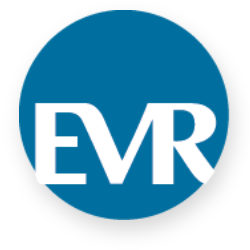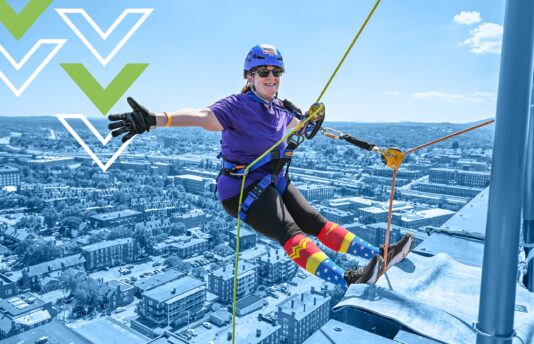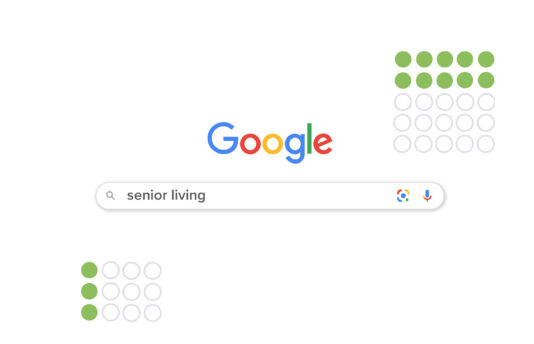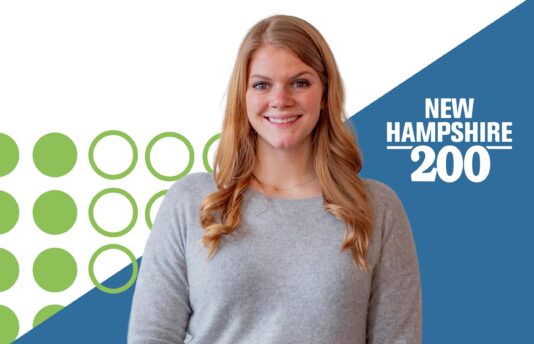Social media is where most of the population gathers today. Just over 70% of Americans—or 239 million—are active social media users. This statistic underscores a significant opportunity for senior living communities to tap into a diverse audience, including a surprising 45% of users above 65, marking a staggering 400% increase since 2010.
Social media isn’t just a marketing tool; it’s a bridge that connects your senior living community with seniors, their families and the broader community. As seniors become more tech-savvy, they’re turning to social media and the Internet to research senior living options. And it’s not just seniors doing the research—their adult children are also using social media as a source of news and information.
By strategically leveraging social media, your community can engage a wider audience, showcase its unique offerings and interact with potential residents effectively and affordably.
To maximize social media’s full potential, we outline four essential steps and best practices tailored for marketing senior living communities:
1. Identify your audience and choose platforms.
Target your marketing efforts toward two primary groups: seniors ranging in age from 65 and above and their adult children, who range from roughly 50 to 64. Adult children are often involved in the process—about 73 percent of the time, so don’t ignore them!
Choose your platforms based on where your audience “lives” online. According to Pew Research, 58% of seniors 65+ use Facebook and 60% use YouTube. For the adult child demographic, ages 50–64, 69% use Facebook, 35% use Instagram and 83% use YouTube.
Your best bet is to focus most of your efforts on Facebook and YouTube to reach seniors while targeting adult children on Facebook, Instagram and YouTube. Customize content for each audience and platform to maximize engagement and relevance, acknowledging their distinct preferences and behaviors.
2. Create diverse content.
While the purpose of social media is to help market your community, you must realize it’s not all about you. Effective social media marketing transcends mere self-promotion.
A good content mix is 20% promotion and 80% everything else. That includes informational or educational content, fun and inspiring content and curated or user-generated content (sharing relevant content from other sources).
The tone on social media can be more casual than your website copy, but it should always be authentic and genuine and reflect the personality and tone of voice of your community.
Identify Content Sources
Your social media content should be engaging and relevant. Think of it as bringing your brochure to life—highlight the essential elements of your community and the resident lifestyle, bringing them to life in visuals and narratives.
Where do you find all this magical content? It’s at your fingertips. Here are some ways to gather it:
Use your website for inspiration.
Your website should have sections covering everything your community offers, from gourmet meals to fantastic floor plans and information on local partnerships, as well as resident testimonials. Provide a mix of amenities, activities, services and feature in your calendar:
- A specific floor plan.
- Dining options and menus.
- Each level of care, from active adult to independent living to rehabilitation.
- Resident testimonials that capture authentic insights into their experiences, including what they love, unexpected surprises and preferred activities, offering genuine glimpses into their lifestyles.
Highlight your staff stars.
Highlight the individuals making a direct impact in your community. Connect followers with their stories to foster authenticity. Also, feature other important roles, like the activities director, fitness director and chef.
Be sure to include videos and photos to help tell your community’s story, capturing employees in action or engaging with residents. Sprout Social reports that videos are quickly becoming the dominant form of content across social media platforms. When done right, they’re dynamic, engaging and yield strong results. Remarkably, 87% of marketers attest to a substantial surge in sales attributed directly to video content. So, when possible, include rich video content along with quality photos (rather than formal headshots) to show the warmth and welcoming personality of your community.
Leverage user-generated content (UGC).
Simply put, UGC is created by your residents, or even their families, rather than the marketing or sales departments. UGC can be a goldmine for authentic and relatable marketing materials. Encourage residents and their families to share their experiences, stories and daily activities to create an online presence that reflects the spirit of your community.
Identify residents who are “granfluencers” or are actively engaged in the community. Since they are often out and about, encourage them to take pictures to post on social media. These influential residents can also be active on social media themselves, engaging and sharing content, which adds to the authenticity.
Offer technical support for residents less familiar with digital tools and provide tips for taking good photos or videos. They don’t have to be at a professional level—snapshots are more genuine and relatable.
A few words about privacy
It’s critical to respect people’s privacy and follow basic compliance practices. If someone submits a picture of their grandchild during a campus visit, you can’t just post it on social media. Marketers should practice due diligence, make sure they have permission from the child’s parents to post and get a signed release form.
The same goes for pictures of residents and their adult children. Make them aware that they have been photographed (or are on video) and get their permission to use the content. Also, get a signed release.
3. Make use of your agency.
While most of the content should come from the community, if you are working with an outside agency, they can help generate evergreen content that you can use on social media and your website. Set aside a content generation day in the community and capture moments such as a new resident moving into the community, meeting the welcoming committee, community committee meetings, staff photos, activities, amenities and the dining room(s) at mealtimes.
Marketers from outside agencies should visit the community one or two times a year to supplement the content and keep a thumb on the pulse of the community.
4. Plan ahead.
It should be clear by now that social media requires time and effort. It also requires consistency. The best way to be consistent is by planning, and the best way to plan is to use a content calendar.
What is a content calendar?
A content calendar, also known as an editorial calendar, will help you plan and organize upcoming content for your social media communities. It’s a critical tool for managing the content creation process, ensuring quality and consistency and aligning content with your organization’s goals and events.
A content calendar can look ahead two weeks, a month or even a year. A monthly calendar is usually helpful for day-to-day posting, while an annual calendar can provide an overview of important events and observances.
There are many ways to format a content calendar, but it should at least include the content you want to post, images that will go with the posts, links to other content, who is responsible for the content and when it will run.
By adopting these approaches, your senior living community can leverage the dynamic nature of social media to reach more people. This strategy not only builds genuine and engaging relationships but also instills a sense of participation and pride among residents. Additionally, it facilitates two-way communication with prospective residents and their family members, allowing you to engage, communicate and understand what is most important to them when considering making a move to a senior living community. You’ll more effectively highlight the lively spirit of your community and showcase what makes it extraordinary.











